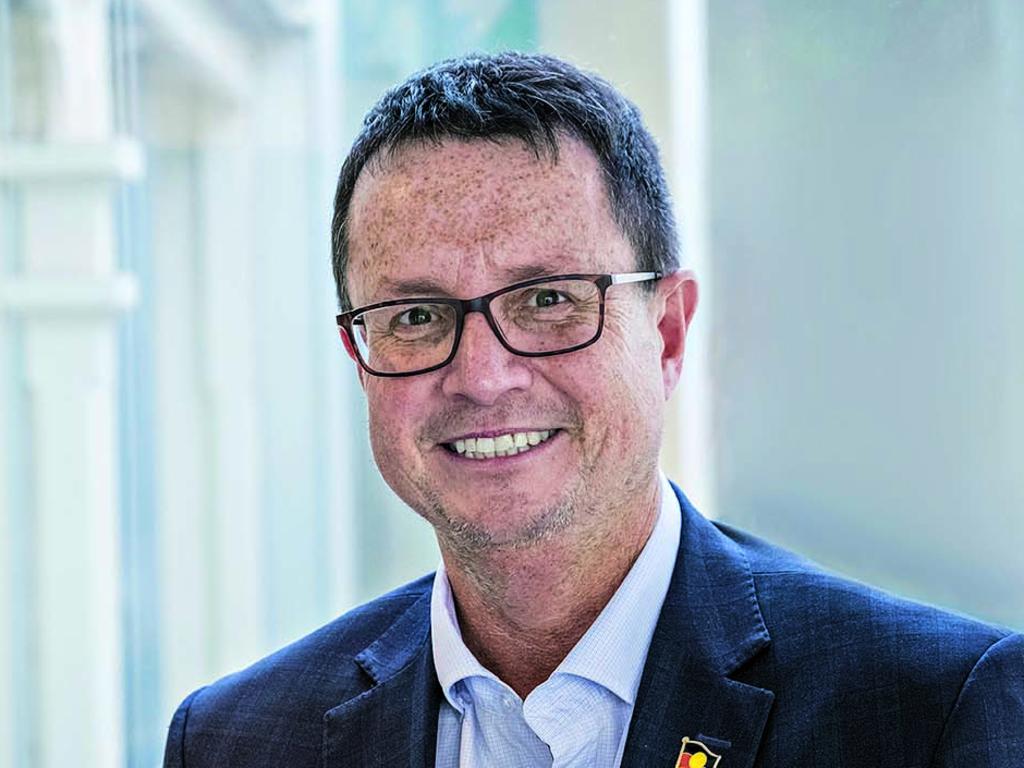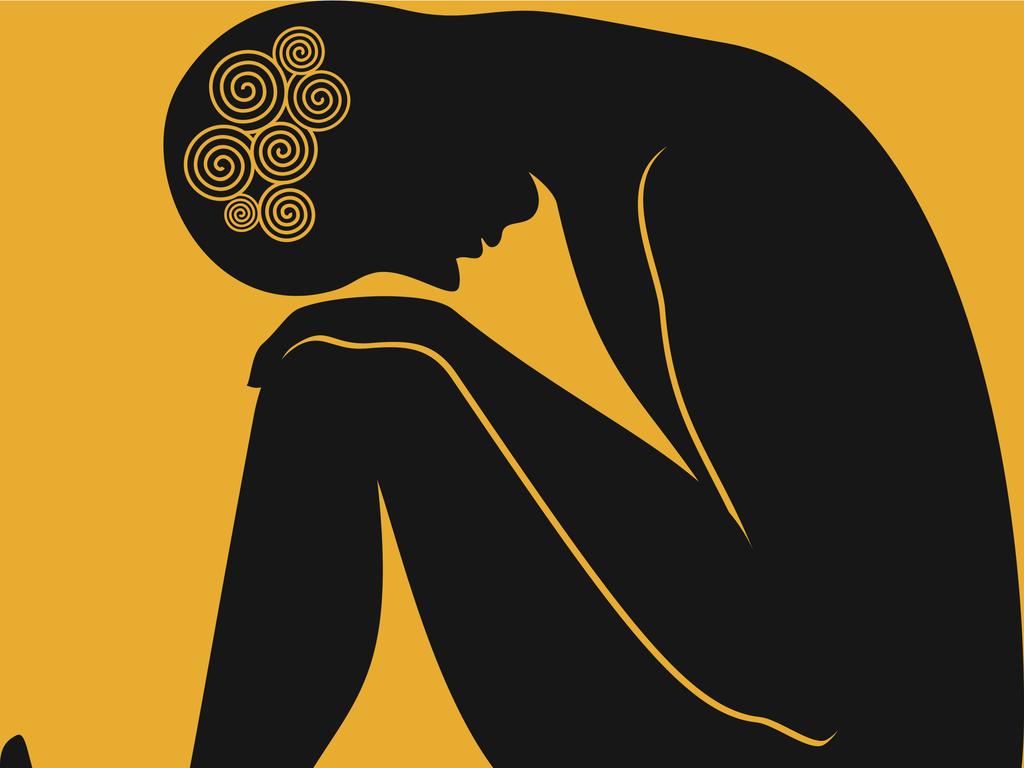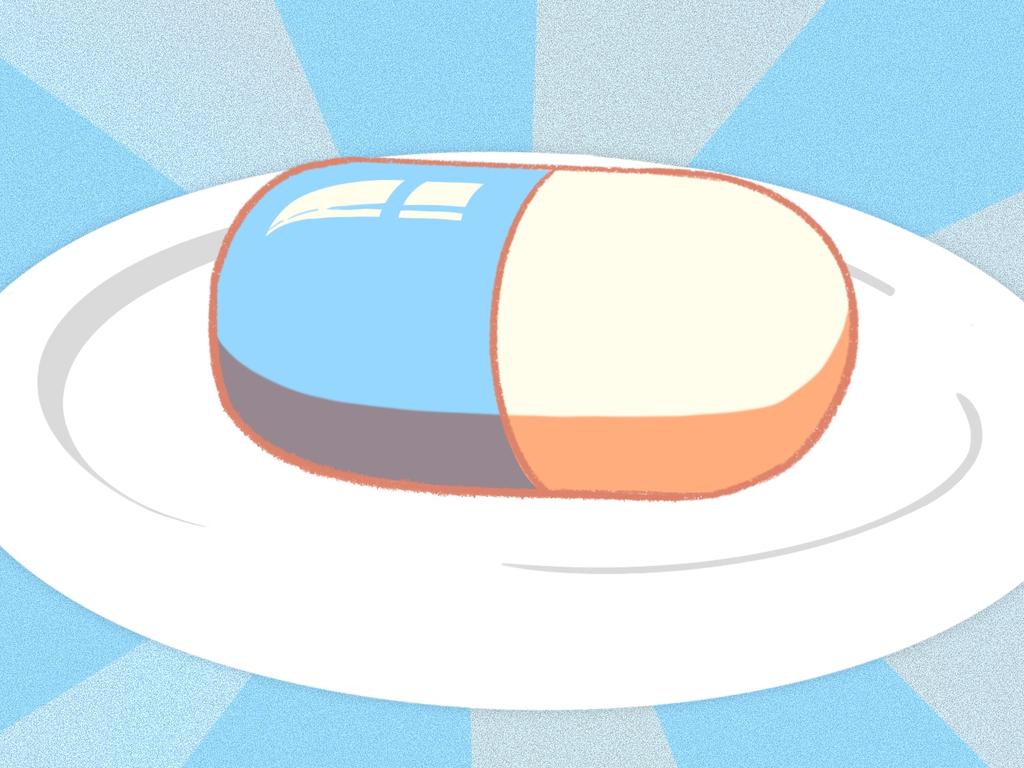CEOs’ secrets: How to work half as hard, achieve twice as much
Sunlight, body clocks and cold showers: a top executive coach shares his productivity tips, the same advice used by CEOs and elite sporting teams.

The idea of the nine-to-five day is almost an anachronism, but no matter how we work these days, if most of us are honest, a working day involves a lot of wasted time.
It’s not just the jaunts to grab another quick coffee, or the gossiping in the office, or the sneaky doomscrolling that eats up as much as a couple of hours of every working day. It’s the fact that most of us have no idea of the science behind productivity, and the secrets to working smarter, even potentially a lot less, but achieving much more.
Executives and sporting teams have been tapping into the secrets of productivity and performance for years. But if you’re not a CEO, or you can’t afford your own personal executive coach, here’s some top tips – firmly rooted in science – from one of Australia’s most effective human performance strategists and leadership coaches.
Former elite athlete Andrew May has coached some of the country’s top executives and he is convinced that optimum leadership is not always a matter of inherent skill, but knowing how to perform at your peak.
And a lot of it comes down to physiology.
“I think one of the biggest myths is that productivity equals hours worked,” May says. “The first step is to actually step back and ask yourself: when you are am I most productive? What are the high-end tasks that my job requires? And if you marry those two, you see huge shifts in output.”
WORK TO YOUR NATURAL CIRCADIAN RHYTHM
Beginning work early in the morning is not for everyone. May calls the three types of body clock ‘the gazelle’ (early morning people), ‘the Bear’ (night owls), and ‘the Tiger’ (those who have a peak concentration curve mid-morning to lunchtime, an energy crash after lunch, then a second wind in the late afternoon to early evening). If you plan to work intensively during your periods of natural optimum concentration, you’ll get far more done.
“There’s research around this on chronobiology,” May says. “It shows when you align peak concentration tasks or peak cognitive activities with your body’s peak concentration curve, your productivity can increase by up to 30 per cent.
“This is a major building block for productivity. If you get this right and then you’re working smarter rather than harder.”

More and more workplaces are beginning to understand how powerful working in alignment with circadian rhythms can be for enhancing the productivity of their workers, and are giving staff the latitude to plan their own day according to their individual body clock rhythms.
But the reality of most people’s working day, when meetings may be booked first thing in the morning and most business activity takes place nine-to-five, is that the bears and tigers must adapt and find a way to perform at optimum capacity even first thing in the morning. May thus has a plan for enhancing performance that can work for all body clocks … and it’s not based on coffee.
USING THE SUN TO FIRE UP YOUR WORKING DAY
There’s a growing body of evidence in psychiatry that regular exposure to light first thing in the morning can be a powerful therapeutic tool in the management of conditions related to disorders of the body clock, such as bipolar disorder. Productivity science is also catching onto the trend.
“A daily kickstart I get everyone to do regardless of their energy personality is get ten to 30 minutes of sunshine first thing in the morning,” says May. “This is before the peak sun hours, with as much skin exposure as possible. This really ramps up the body’s physiology. It actually stimulates your body to start releasing hormones.”

May advises wearing no sunglasses, because the exposure of the eyes directly to early sunlight is necessary for the light to trigger processes in the brain that begin the release of hormones.
“The eyes are sensory nodes for the brain,” May says. “We wake up when we see light, and switch off when it’s dark, but technology has totally stuffed that rhythm up. By exposing yourself to light first thing in the morning, you’re actually synchronising your internal clock and that enhances alertness. Cortisol also plays a role with your immune system, your metabolism and focus.”
He also says it’s best to be moving during the sun exposure, because this also helps in releasing cortisol and waking up the body, increasing the heart rate and metabolism. It doesn’t have to be strenuous – a walk with the dog in the early morning is ideal.
The combination of the early morning light and gentle movement helps your brain perform, learn and process throughout the day.
May also recommends delaying your first cup of coffee until 60 to 90 minutes after this morning routine, to preserve the cortisol pattern that is being established and so that the body learns to get its boost from sunlight rather than caffeine.
BLAST THE COLD TAP AT THE END OF YOUR SHOWER
The third plank of May’s plan to boost productivity is cold showers. A blast of cold water for a minute or 90 seconds at the end of your shower stimulates the parasympathetic nervous system and promotes relaxation. While enough stress is crucial to performance, when it tips over into anxiety and excessive stress, that is destructive for productivity.

“The cold water stimulates the parasympathetic nervous system,” May says. “It’s a natural way to wake you up, and it also boosts your circulation.
“When people start doing this, they often say to me ‘I don’t know what’s happening, but I’m alert in the morning’. I’m just clicking into gear a lot more than I was.”
PLAN TO HAVE SLOW WEEKS
The concept of building rest and recovery into fitness programs is well-established, but May says the same theory applies to productivity. That’s why every workplace should have built-in periods of one to two weeks every few months of slower paced activity for workers, to allow staff to “down-regulate”.
“Sporting teams know how powerful this is – you don’t play hard all year,” May says. “You need periods of hard training followed by recovery. So this is also massive for productivity. If people have the chance to regenerate, they’ll come back refreshed and ready to go. It also gives people a level of psychological detachment.”
In practice, this can mean having workers spend the school holidays at home with their kids, on deck but only to keep up with the essentials such as answering emails, and planning deadlines and big projects around the downtime weeks. It’s also likely to foster a happier, more loyal workforce – which is good for all parties.








To join the conversation, please log in. Don't have an account? Register
Join the conversation, you are commenting as Logout